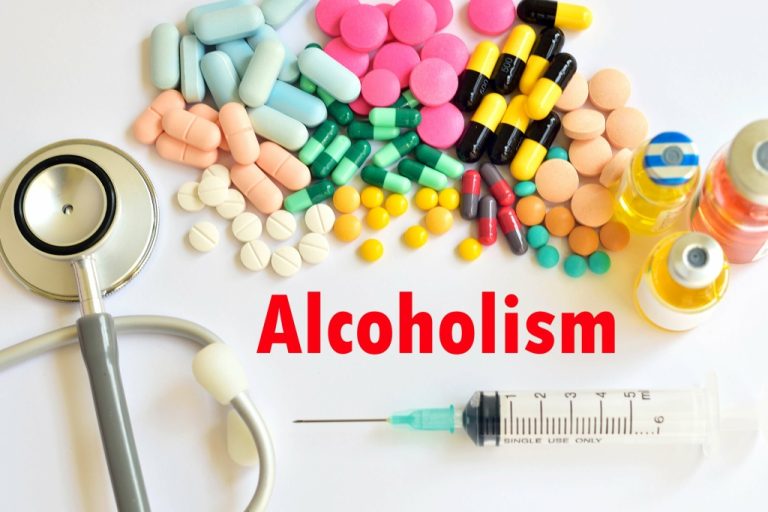Cognitive–behavioral therapy can take place one-on-one with a therapist or in small groups. This form of therapy is focused on identifying the feelings and situations (called “cues”) that contribute to heavy drinking and managing stress that can lead to a return to drinking. The goal is to change the thought processes that lead to alcohol misuse and to develop the skills necessary to cope with everyday situations that might trigger alcohol misuse. If you have any of these symptoms, alcohol may already be a cause for concern. A health care provider can look at the number, pattern, and severity of symptoms to see whether AUD is present and help you decide the best course of action.
Drugs, Brains, and Behavior: The Science of Addiction

The cost of alcohol addiction programs ranges from $5,000 to $20,000 for a 30-day program. Longer stays, such as 60 to 90 days, cost between $12,000 and $60,000. Alcohol addiction programs are treatment plans designed to help individuals overcome alcohol addiction and Drug rehabilitation achieve lasting sobriety. Understanding the available treatment options—from behavioral therapies and medications to mutual-support groups—is the first step.
- Residential detox programs aim to create a therapeutic setting that emphasizes recovery and treatment within a structured environment.
- Intensive inpatient programs offer 24-hour medically-directed services and may be the right choice for those concerned about withdrawal symptoms.
- Outpatient programs, on the other hand, offer flexibility and are often more affordable.
Assessing your treatment needs

Patients are encouraged to integrate with the community and access resources such as self-help groups and employment opportunities. Finding the most suitable alcohol treatment facility for substance use disorder (SUD) can be challenging. Before considering your options for drug and alcohol rehab, it’s essential to learn how to identify the warning signs of substance misuse.

Research the Rehab Facilities
REBT focuses on identifying and transforming irrational beliefs into rational alcoholism treatment program and options ones, thereby facilitating healthier emotional responses and behaviors. Although used by clinicians, these six factors can help you think about your own needs and treatment options as well. An outpatient service could involve meeting one-on-one with an addiction counselor, therapist, or psychologist in a clinic or office. You might be transferred “down” to outpatient service from an intensive inpatient service after showing signs of progress.
- 12-step facilitation therapy is an engagement strategy used in counseling sessions to increase an individual’s active involvement in 12-step-based mutual-support groups.
- Whether you’re looking for an inpatient or outpatient alcohol rehab center, finding the right treatment program is an important step on the road to recovery.
- Unlike many other resources you may find online, the Navigator has no commercial sponsors.
Alcohol Rehab Near Me
- It may help to seek support from others, including friends, family, community, and support groups.
- Simply understanding the different options can be an important first step.
- Millions of other people have walked a similar path, and reached long-term recovery.
- Recent statistics show that intensive outpatient alcohol addiction treatments can range from $500 to $650 per day at private care facilities.
- Evidence-based guidelines can assist doctors with choosing the right treatment options.
In a way, PHP programs serve as a bridge between inpatient and outpatient options. For example, many rely heavily on 12-step programming, such as those used in AA, that incorporates a set of guided principles to help with recovery. Outpatient rehab can be broken down into three distinct categories and provide the best results when used following inpatient treatment.
